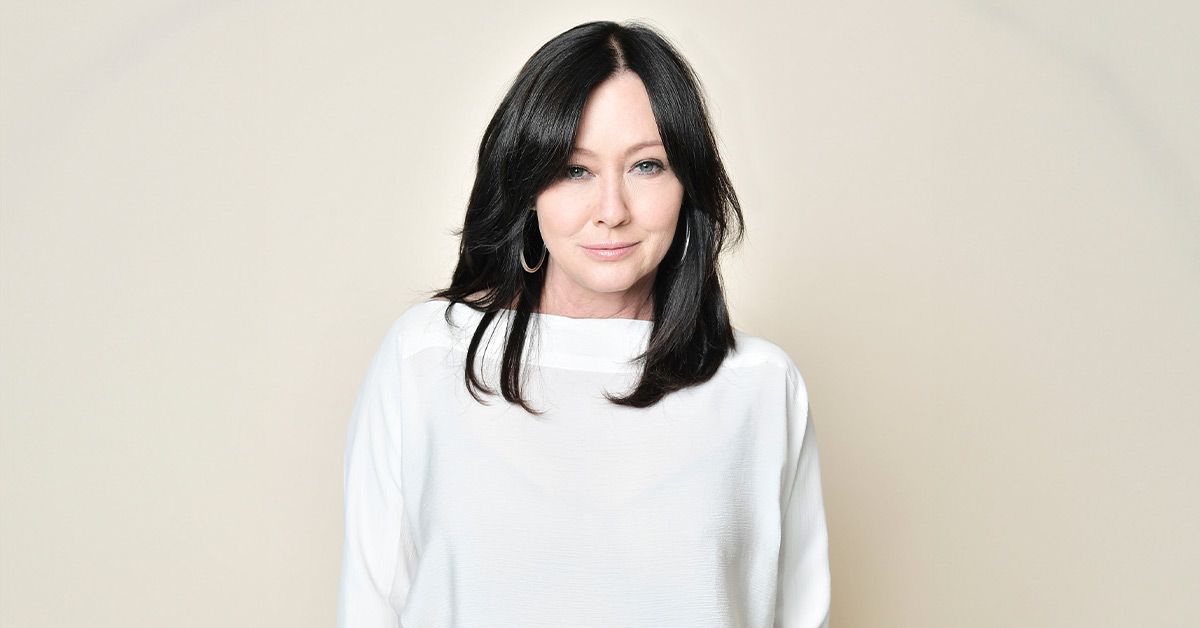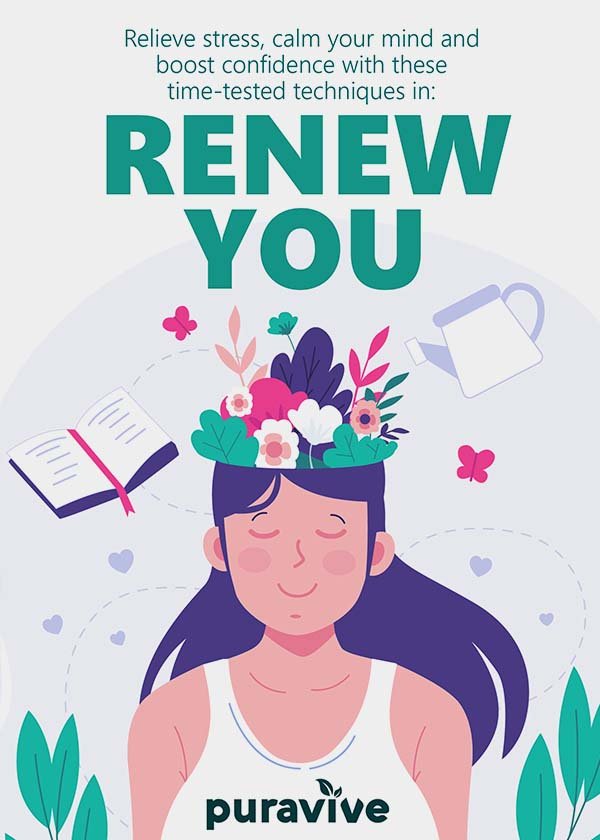Shannen Doherty’s Cancer May’ve Been Missed Due to Lapse in Insurance
The Actress’s Battle with Breast Cancer
Actor Shannen Doherty recently passed away at age 53 after many years of treatment for breast cancer, which had spread to her bones and brain. The “Charmed” and “Beverly Hills, 90210” star said in a lawsuit that a lapse in health insurance delayed doctors diagnosing her with breast cancer.
Breast Cancer: A Preventable Disease?
Breast cancer is the second most common cancer among women in the United States, according to the Centers for Disease Control and Prevention (CDC). In 2021, around 272,000 women in the United States were diagnosed with breast cancer, and around 42,000 women died from breast cancer, the CDC reports.
Early detection and treatment can significantly improve the chances of long-term survival. A screening mammogram is probably the best tool we have at improving survival for breast cancer, said Dr. Christopher McGreevy, a breast cancer surgeon at Hackensack University Medical Center. It’s been shown in numerous studies that screening mammograms increase the chance of a woman surviving breast cancer.
What is the Recommended Screening Schedule?
Most guidelines recommend that females with average breast cancer risk get a screening mammogram every year starting at age 40. The American College of Radiology recommends that every woman should identify their risk factors and their lifetime risk of developing breast cancer as early as age 25, said Dr. Monica M. Yepes, associate director of breast imaging at the Sylvester Comprehensive Cancer Center.
The US Preventive Services Task Force (USPSTF) recommends screening mammograms every other year starting at age 40. However, “we know that two years is too long, especially in the 40 to 50-year age group, because the younger patients are the ones that have the more aggressive cancers,” Yepes said.
Who is at High Risk for Breast Cancer?
Women with a family history of breast cancer or certain genetic mutations are at higher risk for developing breast cancer. According to the National Cancer Institute, the 5-year survival rate for stage 1 breast cancer — cancer that has not spread beyond the initial site — is over 99%. The survival rate drops to 32% once the cancer has spread to distant parts of the body.
What are the Factors that Affect Breast Cancer Survival Rates?
Certain groups have a higher risk of having breast cancer and of having very aggressive breast cancers. For example, there is a subtype of breast cancer called a triple-negative breast cancer that is very common in African American women, Yepes said.
Women without health insurance and certain racial and ethnic groups are much less likely to be up to date with recommended screenings, according to the 2024 AACR Cancer Disparities Progress Report released in May. The report found that 53% of American Indian and Alaska Native women and 67% of Asian women were up to date with breast cancer screening, compared to 76% of non-Hispanic white women.
What Can You Do to Reduce Your Risk of Breast Cancer?
If you don’t have insurance or your insurance doesn’t cover breast cancer screening, the National Breast and Cervical Cancer Early Detection Program provides access to breast cancer screening for low-income, uninsured, and underinsured women ages 40-64. You can also ask your doctor about genetic testing, said Dr. Tran Ho, a breast surgical oncologist at El Camino Health.
Conclusion
Shannen Doherty’s tragic death is a reminder of the importance of early detection and treatment of breast cancer. A lapse in health insurance can delay diagnosis and treatment, which can have devastating consequences. By getting regular mammograms and staying informed about your risk factors, you can take control of your breast health and reduce your risk of developing breast cancer.
FAQs
Q: Who is at high risk for breast cancer?
A: Women with a family history of breast cancer or certain genetic mutations are at higher risk for developing breast cancer.
Q: What is the recommended screening schedule?
A: Most guidelines recommend that females with average breast cancer risk get a screening mammogram every year starting at age 40.
Q: What are the factors that affect breast cancer survival rates?
A: Certain groups have a higher risk of having breast cancer and of having very aggressive breast cancers, including African American women and women without health insurance.
Q: How can I reduce my risk of breast cancer?
A: By getting regular mammograms, staying informed about your risk factors, and talking to your doctor about genetic testing and breast cancer screening options.
Recommended Products:
-
Sale!

Nature’s Bounty Niacin 500mg Flush Free, Cellular Energy Support, Supports Nervous System Health, 120 Capsules
Original price was: $25.28.$17.23Current price is: $17.23. Buy Now -

Amazon Basics Probiotic 5 Billion CFU, 8 Probiotic strains with 60 mg Prebiotic Blend, 60 Count Vegetarian Capsules, 2 Month Supply, Supports Healthy Digestion (Previously Solimo)
$12.11 Buy Now -

Naturealm – Sacred 7 Mushroom Extract Powder – Lion’s Mane, Cordyceps, Reishi, Turkey Tail, Chaga, Maitake, and Shiitake – 100 Percent Fruiting Bodies, 2oz
$34.99 Buy Now



